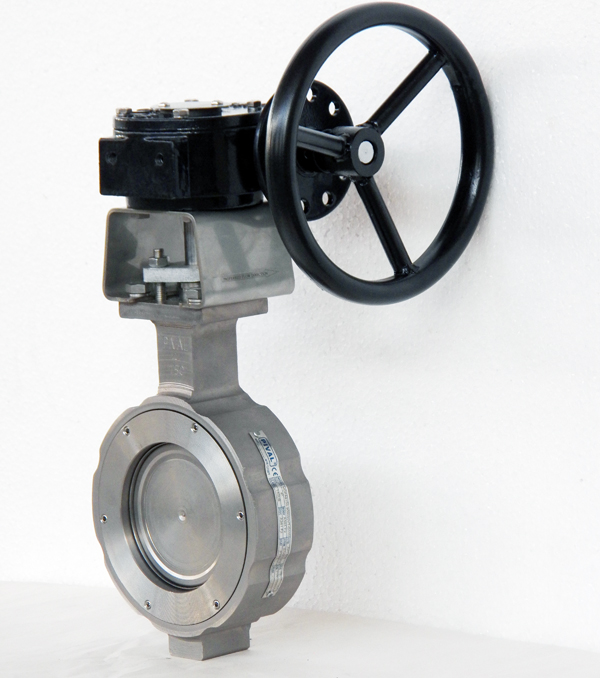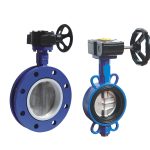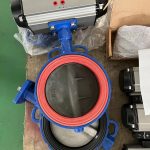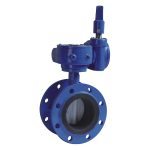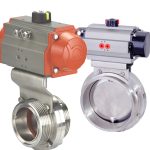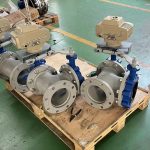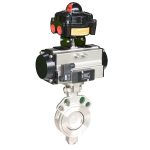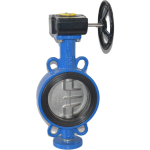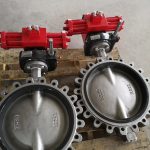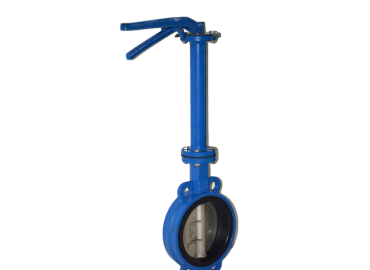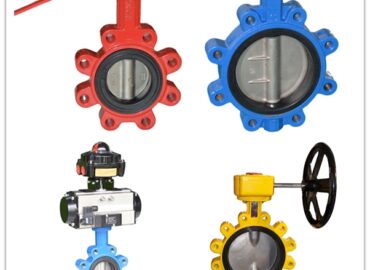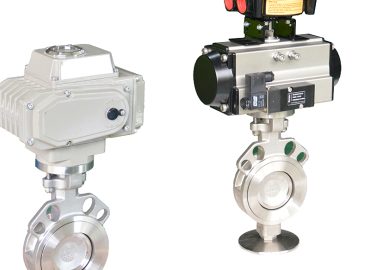Butterfly valves are a type of quarter-turn valve that is used to regulate fluid flow. They get their name due to the disc-shaped design, which is similar to a butterfly’s wings. These valves can be found in an array of industries including oil and gas, water treatment, chemical processing and HVAC systems. Butterfly valve are admired for their simple design and ease of installation, but what makes them unique is that they come in multiple types. Furthermore, these valves offer better accuracy when regulating and controlling fluid flow compared to other types of valves. Understanding the different types of butterfly valves will help you make an informed decision for your next application.
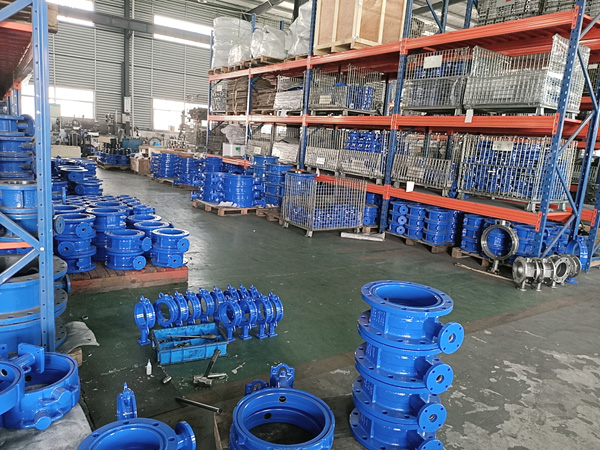
Introduction:
Butterfly valves are specialized quarter turn valve used for controlling the flow of fluids. They feature a disc that opens and closes like a butterfly with a pivoting axis and two or more ports in which fluids can flow through. The disc is placed at the center of the pipe and rotates from an open to closed position (or vice versa) depending on what is required.
Butterfly valves also have sealing rings located along the body and allowing them to be easily adjusted and operated, as well as providing a tight seal when closed. These types of valves are widely used in several industrial applications due to their excellent performance, reliable operation, low torque requirements, precise flow regulation and high-pressure capabilities when compared to other valve designs available in the market today.
Types of Butterfly Valves
a. Wafer style butterfly valve
Wafer style butterfly valves are a popular choice for applications that require high levels of pressure and flow regulation. They are designed to be installed between two flanges, using only a few bolts and nuts in order to reduce installation time and cost. The sealing points of the wafer valve are located in the center of the pipe, making them ideal for mounting in small spaces or areas with limited access. Additionally, they provide excellent shutoff with maximum pressure capabilities due to double-sided seat rings allowing for extra stability during operation. Furthermore, their lightweight design allows for easy operation as well as quick repairs if needed.
b. Lug style butterfly valve
Lug style butterfly valves are constructed as two halves which are connected by a lug. The lug includes a pair of ear-like tabs that accommodate the bolts and nuts used to secure the valve in place. This type of design allows for easy installation and greater flexibility when mounting it into the flange, making it ideal for applications where space is limited or access is difficult. Additionally, they have excellent pressure capabilities due to their double-sided seats which provide high levels of shutoff while also providing reliable performance during operation. They can be used in wide range of temperatures and pressures, ensuring that they can meet any process requirements with ease.
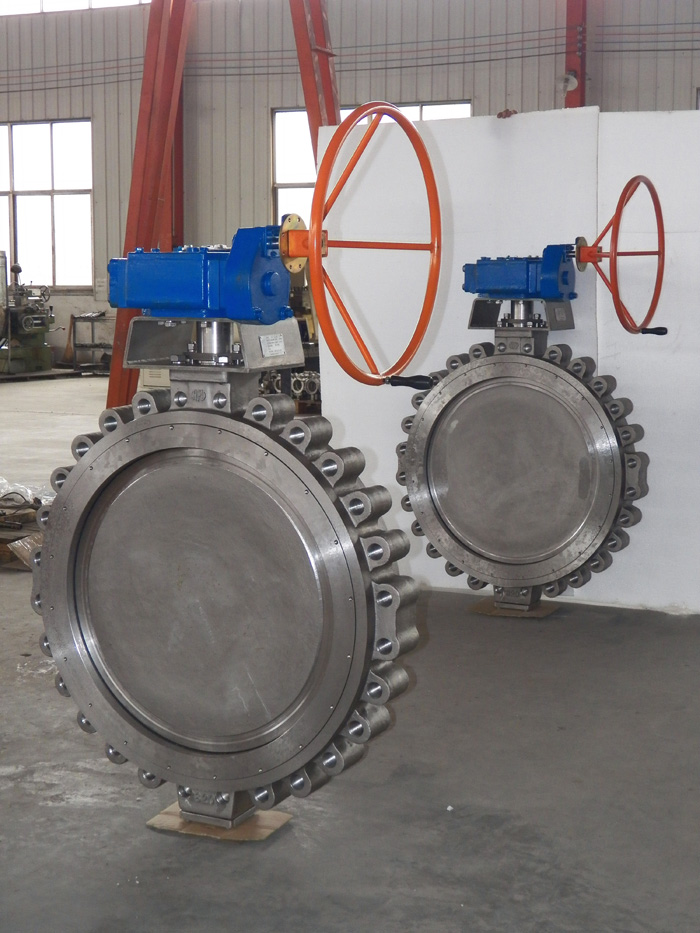
Benefits and Advantages of Butterfly Valves
Butterfly valves offer several benefits and advantages that make them the perfect choice for many applications. Firstly, they offer a high level of tight shut-off due to the resilient seat design that allows for excellent sealing capabilities. Secondly, butterfly valves are highly compact, which makes them an excellent choice for installations where space is limited or limited access is available. Additionally, thanks to their light weight and minimal number of components, these valves require only minimal maintenance and therefore lead to significant savings in operational costs. Furthermore, the quick response time of butterfly valves provides better system protection and faster reaction times when controlling processes. Furthermore, butterfly valves are able to function at wide ranges of temperatures and pressures making them suitable for virtually any process requirement. Finally, their cost effective nature ensures that they provide maximum value with minimum investment.
Design Considerations for Installing and Using a Butterfly Valve
When installing and using a butterfly valve, there are several design considerations to keep in mind. Firstly, it is important to ensure that the valve is installed with the correct orientation as this will affect its performance. Secondly, depending on the application, it may be necessary to add a downstream support device such as a bellows or non-return valve for additional protection against pressure spikes.
Thirdly, due to their lightweight nature, care should be taken not to over torque the valve blade in order to prevent any damage. Additionally, when controlling processes that run at low pressures or temperatures, an air cushion can be added in order to minimize any potential water hammering effect. To know the price of butterfly valve, please click here Lastly, if a variable speed drive is used in combination with butterfly valves, care should be taken that the frequency of operation of the drive matches the response time of the butterfly valve in order to maximize efficiency and minimize wear and tear on both components.
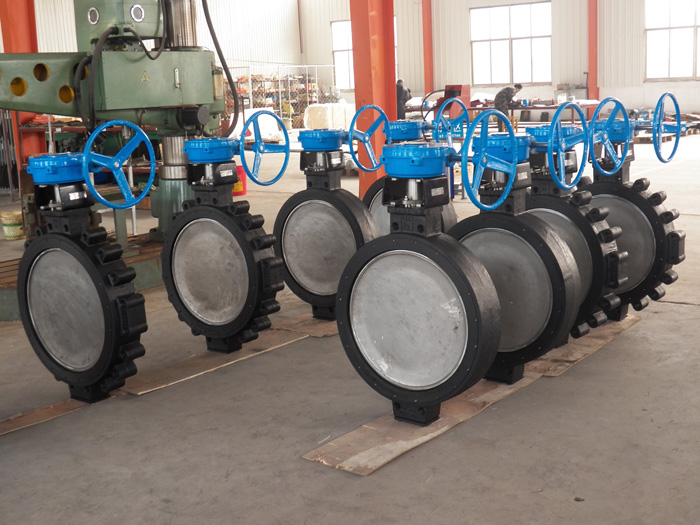
Innovative Technology Used in Butterfly Valves: Learning from the Best in the Industry
In recent years, innovative technology has been steadily incorporated into the design of butterfly valves, allowing them to be more efficient and reliable than ever before. Many modern butterfly valves now have actuator systems that enable precise positioning and flow control, as well as improved sealing systems for better airtightness and longevity.
Additionally, some manufacturers are using sensors to monitor temperature and pressure levels within the valve in order to protect against any malfunctions due to over-pressurization or under-temperaturing. Furthermore, emerging technologies such as smart automation systems and integrated data analytics help ensure maximum performance from these valves while providing invaluable insights into their operations. By adopting these cutting-edge solutions from the best in the industry, companies can benefit from increased efficiency and reliability at a lower cost.
Tips for Proper Maintenance & Care of Your Butterfly Valve Systems
To ensure maximum performance and longevity from your butterfly valve systems, there are several tips to consider when it comes to proper maintenance and care. Regularly inspect the system for signs of wear or damage, such as loose seals or rust, and rectify any issues quickly and efficiently. Additionally, make sure that the surrounding environment is clean and dust-free to prevent dirt from entering the valve bodies. Furthermore, regular lubrication of moving parts is essential as this will help reduce friction and thus improve performance.
Lastly, keep an eye out for any changes in pressure or temperature levels as these could be a sign that something is wrong within the system. By following these simple steps you can ensure optimal performance from your butterfly valves for years to come.
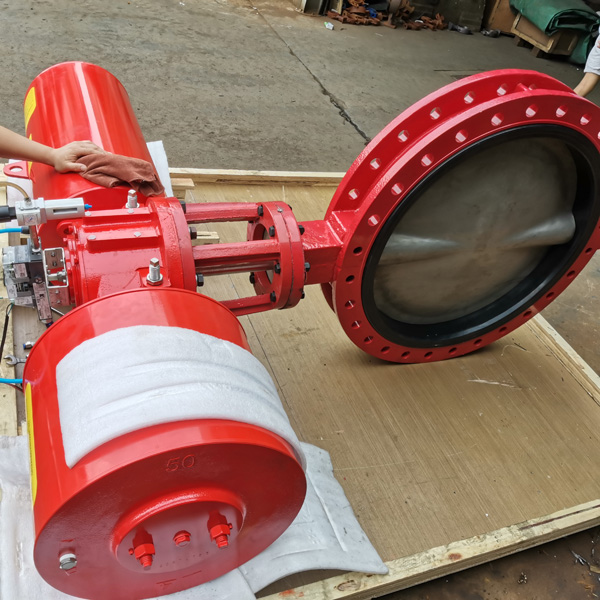
Why Chose Lug vs Wafer Butterfly Valve in Your Next Project
Lug versus wafer butterfly valves are one of the most important decisions you’ll have to make when it comes to completing your next project. Lug butterfly valve provide a tight seal, which can be beneficial in terms of preventing any leaks from the valve or the pipeline. Additionally, they generally require less maintenance and are easier to repair or replace compared to a wafer style valve. Wafer valves, on the other hand, are usually more cost-effective than lug types and they often offer superior flow rates due to their reduced size and weight. Ultimately, which type of valve you choose will depend on the needs of the project and your budget. With careful consideration of both options, you can select the right type for your project’s conditions and requirements.
Conclusion
In conclusion, butterfly valves are ideal for applications that require the control of fluid flow, allowing you to have better accuracy than other types of valves. Depending on the application and desired flow rate, you can choose between wafer and lug style butterfly valves. Furthermore, these valves offer more benefits and advantages when compared to other valve designs such as compatibility with several mounting configurations, high pressures, low maintenance requirements and reliability. Finally, since butterfly valves don’t need much space to install due to their small size and design they are ideal in high-density installations. Therefore, understanding what type of butterfly valve is best suited for your next project can save you time and money in the long run.


